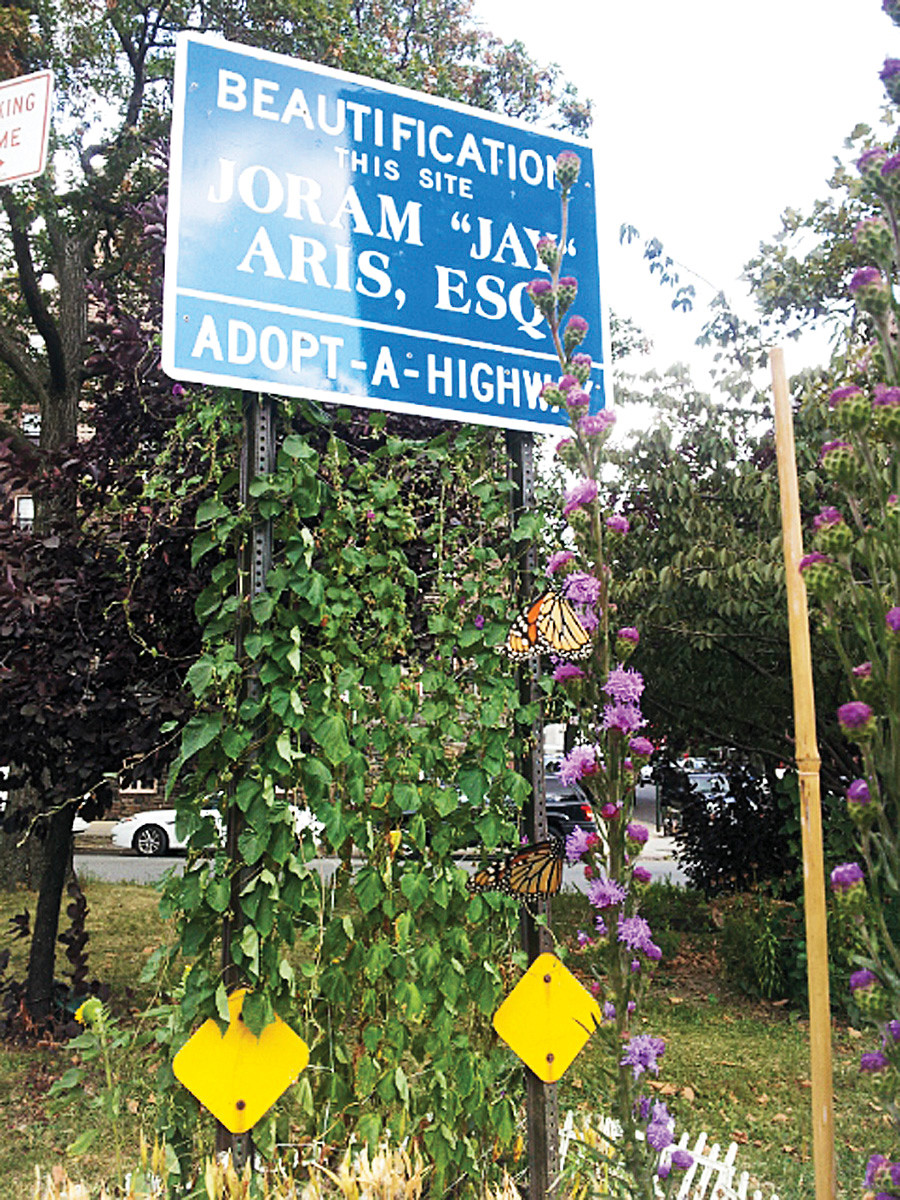Butterflies need our help
The monarch butterfly is arguably one of the most iconic and well-known insects of
North America. It is unique among most of our continent’s native insects in that every year it completes a trans-continental migratory journey that runs from central Mexico to southern Canada and back.
For this reason, ecologists consider the monarch butterfly to be an indicator species, as its state of well-being is intertwined with that of various natural habitats that are spread out across a great swath of this continent.
In central Mexico, highland conifer forests provide the species with a unique microclimate that allows them to survive the winter months in a semi-dormant state. Across the United States and southern Canada, prairies, meadows, wetlands, and woodlands provide the species with places to feed and lay eggs during their long migratory journey.
Many of these natural habitats have been vastly diminished over the past several decades and they remain under continued pressure from expanding human development.
As a result, the state of the monarch butterfly species is in serious decline, and the species is being studied as a possible addition to the federal list of endangered species.
This winter, the U.S. Fish and Wildlife Service announced the formation of the Monarch Joint Venture, a federal initiative that will coordinate the efforts of various conservation groups as well as that of state and federal government agencies to conserve the monarch butterfly.
One of the chief objectives of this renewed conservation effort is to reverse the significant loss of milkweed plant populations that has been the result of dramatic habitat loss.
The monarch caterpillar will only feed on milkweed plants, and the disappearance of these plants across much of America is directly related to the substantial decrease in the monarch butterfly population.






